|
Greetings from ... somewhere? For quite some time, I have opened this weekly blog with something in the vein of "Greetings from 53.5° north latitude". However, this week I became concerned that maybe I am not actually at 53.5°. Take a look at these different results. These first two come from a Bing search of "latitude of Edmonton". The image below comes from the same search term on Google. Which is the correct answer? One might be able to account for the difference between Bing and Google because, I don't know, Microsoft versus Google? That seems like a bad reason of course, but doing the math it becomes obvious the difference between 53.5461° on Google and 53.54624° on Bing is small enough to be ignored. (Assuming an average of 111 km as the distance between lines of latitude, this comes out to about 15 m of difference.) Both are clearly well within the city limits of Edmonton and the difference between the two is likely which side of the street you define the center of the city to be. To further confound the problem though, the reason I noticed this was because I launched Google Earth for the first time in quite a while and I noticed that 53.5° is nowhere near "Edmonton" when viewed via the lens of Google Earth. The image below is snapped from Google Earth with the latitude line layer overlaid for easy reference. Next I checked the Wikipedia page for Edmonton and from there linked to me to this page which linked various different references for the geographic location of Edmonton and has this handy image and table of information. Looking at this page, I realized my problem - I had mixed my units when comparing the various sources. The Google Earth image is shown in Degrees / Minutes / Seconds, or DMS. You can see from the image above that Edmonton is centered at 53° 32' as that latitude runs right through the downtown core. In Decimal notation, 53° 32' translates to 52.53°. So. Problem solved and lesson learned. Without further ado, greetings, and welcome from a confirmed 53.5° north latitude. This week's entry will be a bit shorter than it could be, mainly because I am writing this late on Sunday after having spent most of the weekend trying to sell a car via Kijiji. I will focus on the one book I finished, my cycling update, and the new words. The four new beers this week and writeups about skills, COVID, and cryptocurrencies will be carried over to next week. 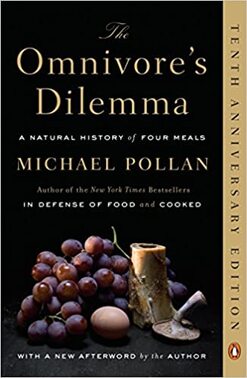 Reading Pile: I was able to finish one book this week, this one being the second book I have read by food writer and journalist, Michael Pollan. Book #10 for 2021 was "The Omnivore's Dilemmna: A Natural History of Four Meals". This was a book that terrified me with its descriptions of industrial food production. It was not descriptions of what happens in industrial scale slaughterhouses that terrified me, as terrible as that is, and neither was it the descriptions of the dietary impacts of cheap corn, as harmful as they are. No, it was the fear of the monoculture that modern agriculture supports that really scared me. If you have ever flown across the prairies in recent years, most of the farmland one can see at any point in a journey is of a single plant. In most cases around Edmonton, it is canola. In others it is soy and corn, with industrial corn production being the focus of much of Pollan's book. Concerns about monoculture were not new to me, but Pollan really highlighted the importance of the issue. The vicious cycle of a single crop that requires lots of fertilizer, with no ability for the soil to regenerate and no animals or insects to aerate, fertilize, and nurture it and help it thrive. In addition, modern agriculture is a volume game, so bigger seems better, meaning annoyance like hills and trees need to be removed, and there resulting barren landscape exposes the soil which becomes more vulnerable to wind erosion. Modern industrial agriculture, as pointed out by Pollan, will say this is fine because we can make the soil more viable by pumping more fertilizer into it. However, to use a word Pollan used several times, that is a reductive way of looking at the problem because fertilizer production requires lots of fossil fuels and therefore produces lots of greenhouse gases. 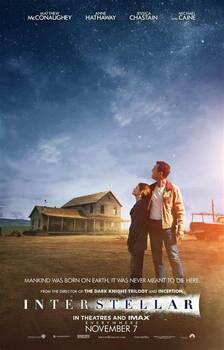 Interstellar (2014) Interstellar (2014) While reading Pollan's critique of industrial corn, I kept thinking about what we are doing to the planet and the image that kept coming was the farm scenes at the start of "Interstellar", and how Matthew McConaughey had to wear a mask to go outside due to the awful dust storms. Are we creating that inevitability of a dying planet that can only be saved by the sudden appearance of a wormhole, all because of a capitalist need for profits and a consumeristic need to constantly pay less for everything? We want more and we want it cheaper, and that is all that matters? (See this link for other entries about capitalism.) Pollan highlights one solution that might be an answer if not the answer, but it is radical in the extreme at least by what we think of today as conventional wisdom driven by capitalism. I will leave it to you as a reader to read about and analyze that potential solution yourself, as even if I had the time and space to summarize it here, I doubt I could do it as eloquently as Pollan did in his book. Suffice it to say that I think we should give the alternatives to industrial agriculture a significant amount of focus and brain power. Even if the current solutions are not globally scalable, they should be able to provide inspiration for ideas that may be. Pollan also wades into the ethics of eating meat. In my mind, eat meat or not, that is your choice. But I think his words in the following quote (page 405 from the paperback version of the book) are an interesting take on the subject. If there is any shame in that destruction (my note: of killing an animal), only we humans seem to feel it, and then only on occasion. But cooking doesn't only distance us from our destructiveness, turning the pile of blood and guts into a savory salami, it also symbolically redeems it, making good our karmic debts: Look what good, what beauty, cam come of this! Putting a great dish on the table is our way of celebrating the wonders of form we humans can create from this matter - this quantity of sacrificed life - just before the body takes its first destructive bite. Cycling Update: This was a really good week for cycling, and I did not even get a ride in on the weekend end. I hit 80 km by Friday in three rides and explored parts of the city that I may never have been to, and certainly have not been to since I moved here officially after university. I made it to Vegreville on my virtual cross-Canada cycling tour this week. Vegreville is a nice town, one that I spent a lot of time in when I was an independent consultant as I had multiple clients there. In the years since I stopped consulting, I have only been back two or three times, and with younger kids at the time, each visit to Vegreville required a stop by the pysanka. As per the Wikipedia entry, a pysanka is a decorated Ukrainian Easter egg decorated with Ukranian folk designs. Pysanka can be beautiful objects, and we have several in our house. An image search of Vegreville comes up with mainly images of the massive pysanka erected in Vegreville. Next up on the cross-Canada tour is Vermilion. I probably would have made it there this week if not for the Kijiji focus all weekend. I doubt I will make it all the way to Lloydminster this week, but that might happen if I can get four good rides in. The updated progress chart is shown below. New Words:
Just one new word this week, that being the first one. The rest are the last tranche of words from "The Splendid and The Vile" that I finished a handful of weeks ago. anhedonia [ˌanhēˈdōnēə, -hi-] NOUN psychiatry
astrakhan [ˈastrəkən, ˈastrəˌkan] NOUN
solipsism [ˈsäləpˌsizəm] NOUN
peroration [ˌperəˈrāSHən] NOUN
chaff [CHaf] VERB chaffing (present participle)
chary [ˈCHerē] ADJECTIVE
impetigo [im·pe·ti·go | \ ˌim-pə-ˈtē-(ˌ)gō , -ˈtī- \] NOUN
0 Comments
Your comment will be posted after it is approved.
Leave a Reply. |
Archives
April 2022
Categories
All
|
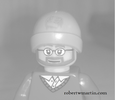
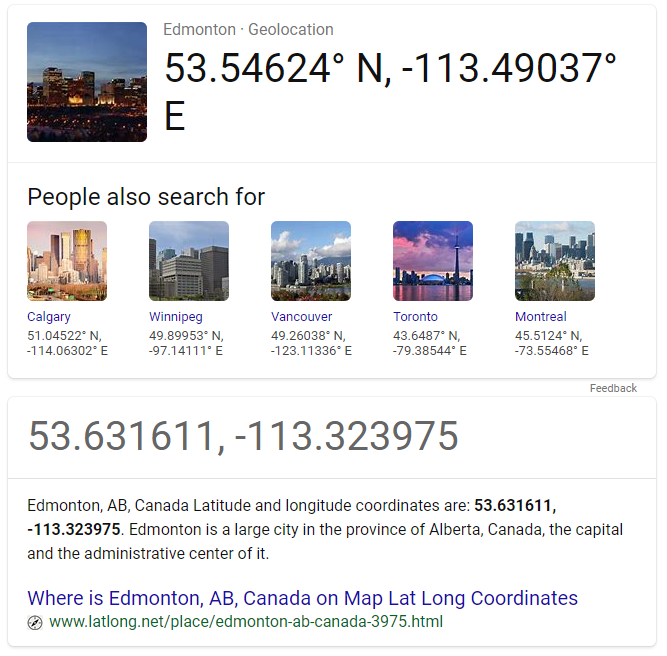
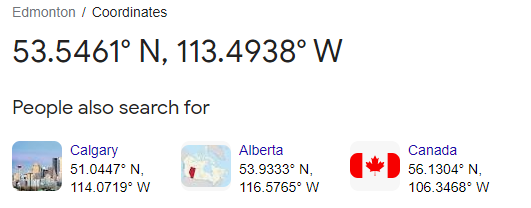
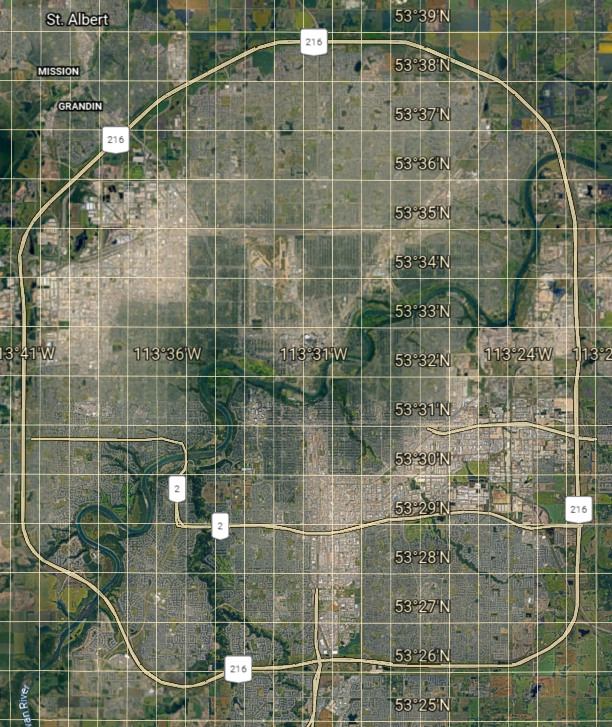

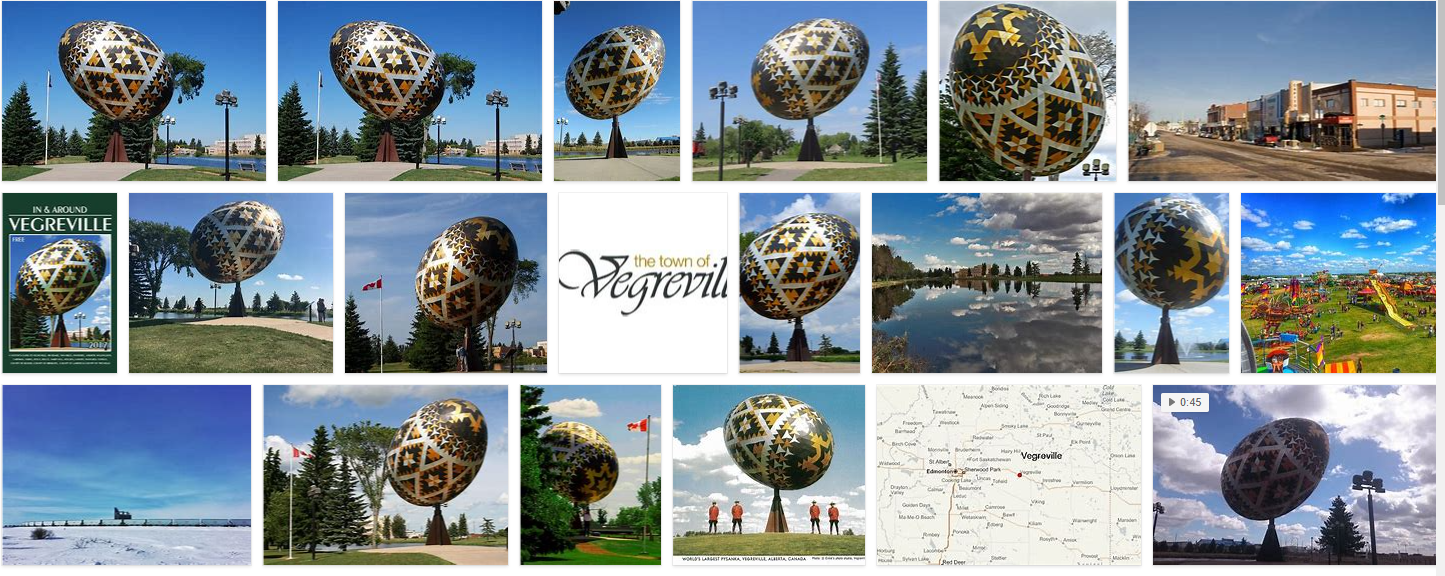

 RSS Feed
RSS Feed
